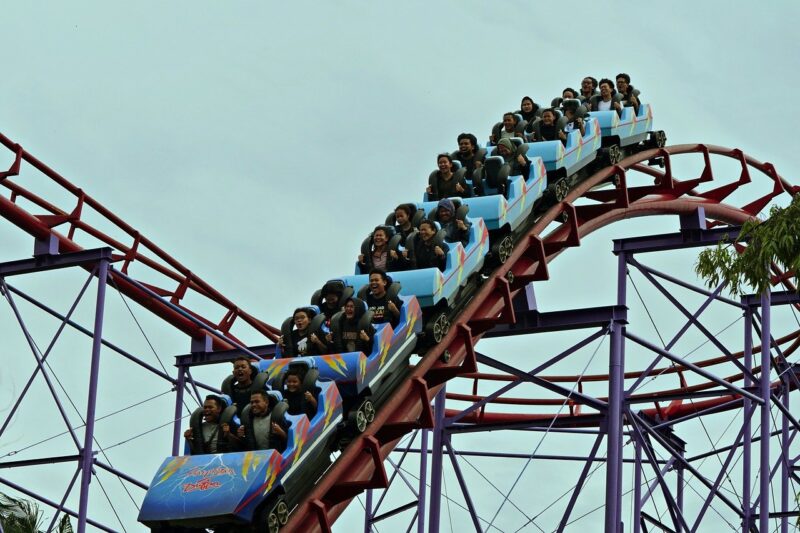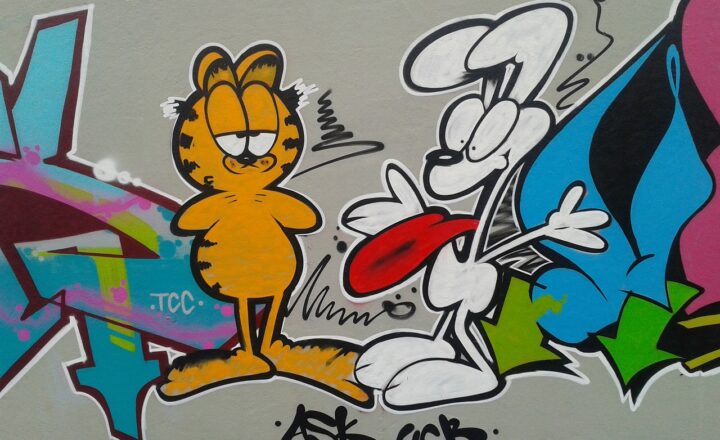How Disney Built a Magical Empire: From Animated Films to Global Theme Parks
November 14, 2024

Disney is more than just a name; it’s a phenomenon that has shaped the landscape of entertainment and culture for almost a century. Founded in 1923 by Walt Disney and his brother Roy, the company has evolved from producing short animated films to becoming a global powerhouse encompassing animated features, theme parks, merchandise, and more. This article explores the magical journey of Disney, detailing how it built an empire that continues to enchant generations around the globe.
1. The Early Days: Birth of a Dream
In the early 1920s, Walt Disney was a young animator with an ambitious dream. Initially, he launched a series of short films, but his breakout came with the creation of the character Mickey Mouse in 1928. Featuring in ‘Steamboat Willie’, Mickey was a success, marking the beginning of Disney’s ascent to fame.
The success of Mickey Mouse led to several iconic characters, including Donald Duck, Goofy, and later, a host of princesses from animated classics like ‘Snow White’ and ‘Cinderella’. These characters became the heart and soul of Disney, helping to build a strong brand identity centered around imagination, joy, and family-friendly entertainment.
2. The Golden Age of Animation
The late 1930s and 1940s are often referred to as the Golden Age of Animation. During this time, Disney released some of its most beloved films, such as:
- Snow White and the Seven Dwarfs (1937): The first full-length animated feature, which became a massive box office success and set the standard for animation in features to come.
- Pinocchio (1940): A tale that highlighted Disney’s storytelling magic through music and animation, enchanting audiences with memorable songs like “When You Wish Upon a Star”.
- Fantasia (1940): An experimental film that combined animation with classical music, showcasing the artistic possibilities of animation.
These films not only showcased Disney’s innovative animation techniques but also helped solidify Disney’s reputation as a leader in family entertainment, laying the foundation for future projects.
3. Expansion into Television: The Wonderful World of Disney
In the 1950s, Walt Disney transformed the television landscape with the launch of ‘The Disneyland Show’. This marked Disney’s foray into television, cleverly tied to the promotion of Disneyland, the first-ever theme park located in California.
The show, alongside Disney’s animated television series like ‘The Mickey Mouse Club’, captured the hearts of families, further expanding the Disney brand. This era also saw the introduction of live-action films which diversified Disney’s offerings, such as ‘Treasure Island’ (1950), expanding their audience even further.
4. The Theme Park Revolution: Disneyland and Beyond
Disneyland opened in 1955, a groundbreaking concept combining amusement parks and immersive experiences. Influenced by Walt Disney’s vision and ideology, the park was a hit, attracting millions of visitors. The mesmerizing attraction designs and attention to detail, such as themed lands and engaging storytelling, set a new standard for attractions worldwide.
Following its success, Disney expanded its theme park portfolio, including:
- Walt Disney World (1971): Located in Orlando, Florida, this sprawling resort features multiple theme parks, hotels, and recreational facilities, becoming one of the most iconic tourist destinations globally.
- International Parks: Over the years, Disney has opened parks worldwide, including Disneyland Paris, Tokyo Disneyland, Hong Kong Disneyland, and Shanghai Disneyland, catering to a global audience and adapting to cultural preferences.
The theme parks epitomize Disney’s ability to merge storytelling with interactive experiences, captivating millions each year.
5. The Acquisition Strategy: Buying into New Worlds
In the 21st century, Disney undertook a strategic acquisition strategy to broaden its reach and diversify its entertainment portfolio. Notable acquisitions include:
- Pixar Animation Studios (2006): Gaining control of the creative powerhouse responsible for hits like ‘Toy Story’ and ‘Finding Nemo’ has allowed Disney to revitalize its animation department and produce critically acclaimed films that resonate with audiences of all ages.
- Marvel Entertainment (2009): This acquisition brought iconic superheroes into the Disney fold, leading to the unprecedented success of the Marvel Cinematic Universe, generating billions at the box office in films like ‘The Avengers’ and ‘Black Panther’.
- Lucasfilm (2012): The purchase of Lucasfilm expanded Disney’s universe to include the ‘Star Wars’ franchise, thus tapping into a passionate fanbase and generating immense merchandising opportunities and successful film releases.
These acquisitions allowed Disney to leverage established franchises and bring even more magic into its fold, enhancing its position as a cultural phenomenon.
6. Digital Transformation: Embracing Streaming
The rise of digital technology and the shift to streaming services created a new opportunity for Disney to reach audiences globally. With the launch of Disney+, the company entered the competitive streaming market in late 2019. Offering a treasure trove of Disney classics, Pixar favorites, Marvel films, and Star Wars series, Disney+ quickly garnered millions of subscribers.
This shift not only provided a platform for Disney’s vast library but also paved the way for original content creation, such as the ‘WandaVision’ and ‘The Mandalorian’, allowing Disney to redefine how storytelling is delivered to audiences.
7. The Impact of Disney: Cultural and Social Influences
Disney’s influence stretches far beyond entertainment. Its commitment to family-friendly content, social themes within its stories, and advocacy for conservation, equality, and community welfare demonstrates the impact Disney aims to have in the world. Characters often embody resilience, compassion, and the importance of community.
Moreover, Disney has integrated progressive themes and representation in recent films like ‘Moana’, ‘Black Panther’, and ‘Frozen’, reflecting broader societal changes.
Such initiatives show Disney’s ability to evolve with time, staying relevant and resonating across diverse demographics.
Conclusion: The Magic Continues
Disney’s journey from animated films to theme parks and global media powerhouse is a testament to its enduring magic. As the company continues to innovate, adapt to new technological advancements, and embrace modern narratives, it remains a beloved brand that touches lives across generations. Whether it’s through timeless animated films or immersive theme park experiences, the magic of Disney continues to grow, bringing joy to millions worldwide.
So, as we celebrate the legacy of Disney, we look forward to a future filled with creativity, imagination, and, of course, magic.







